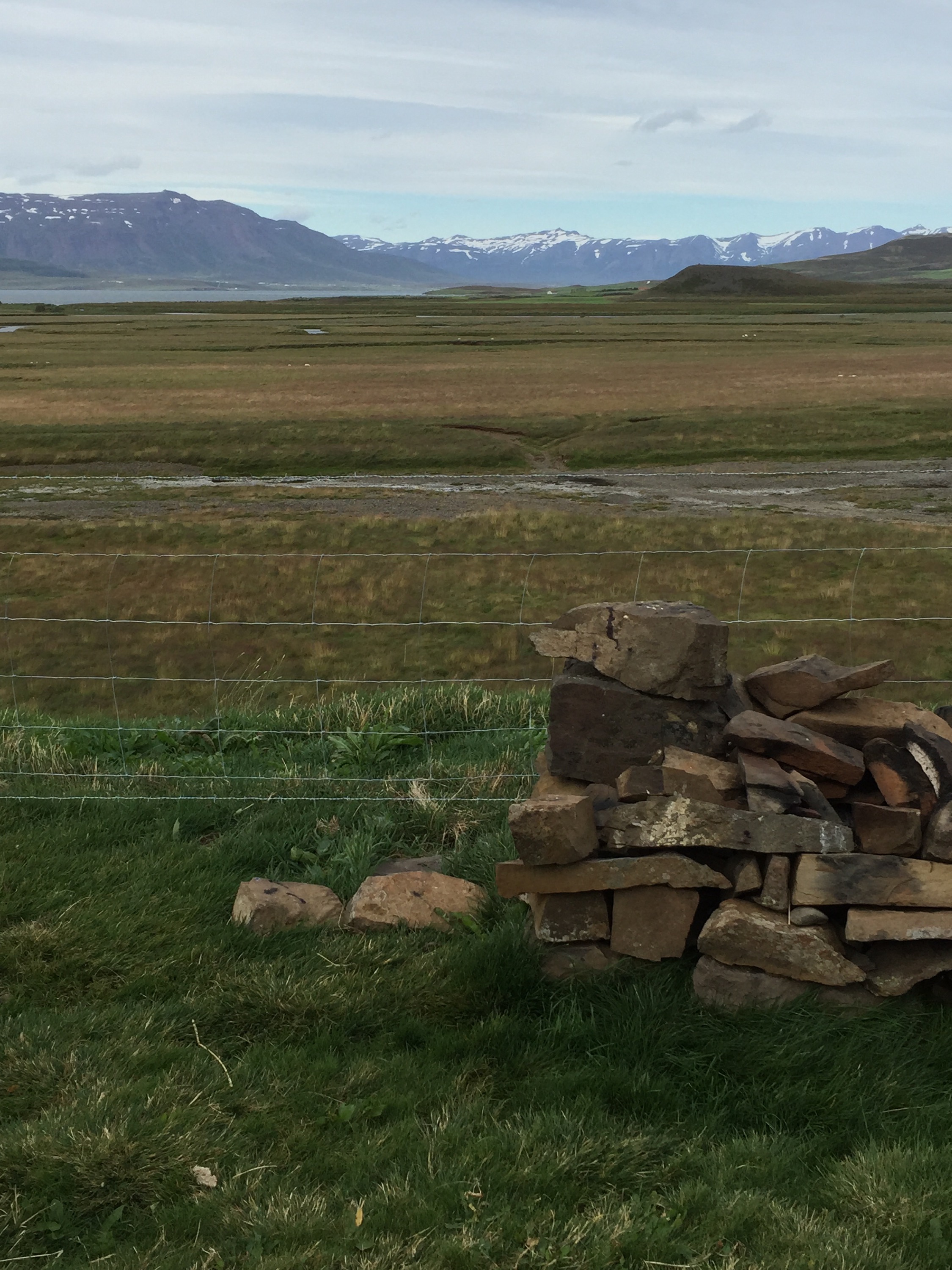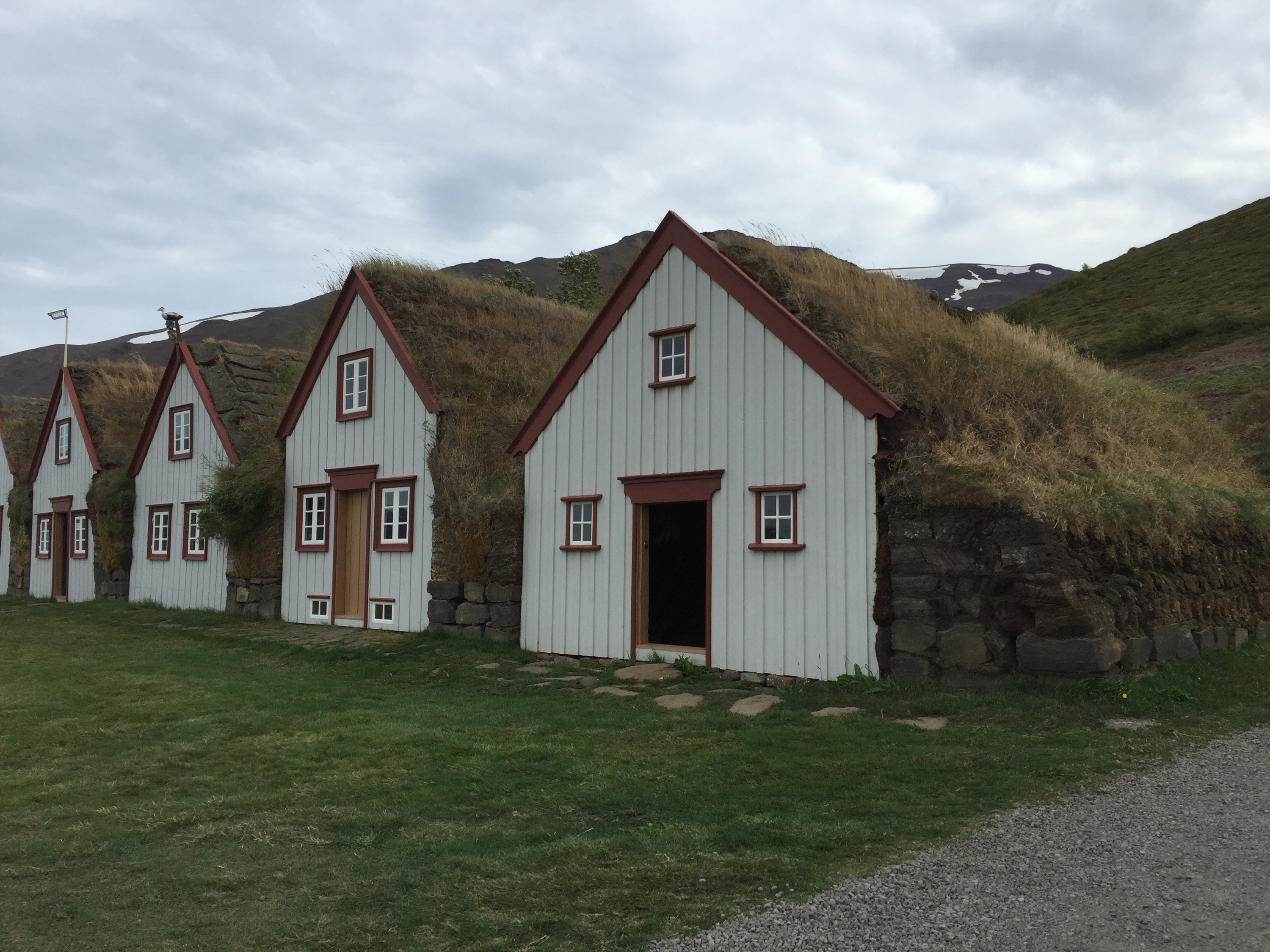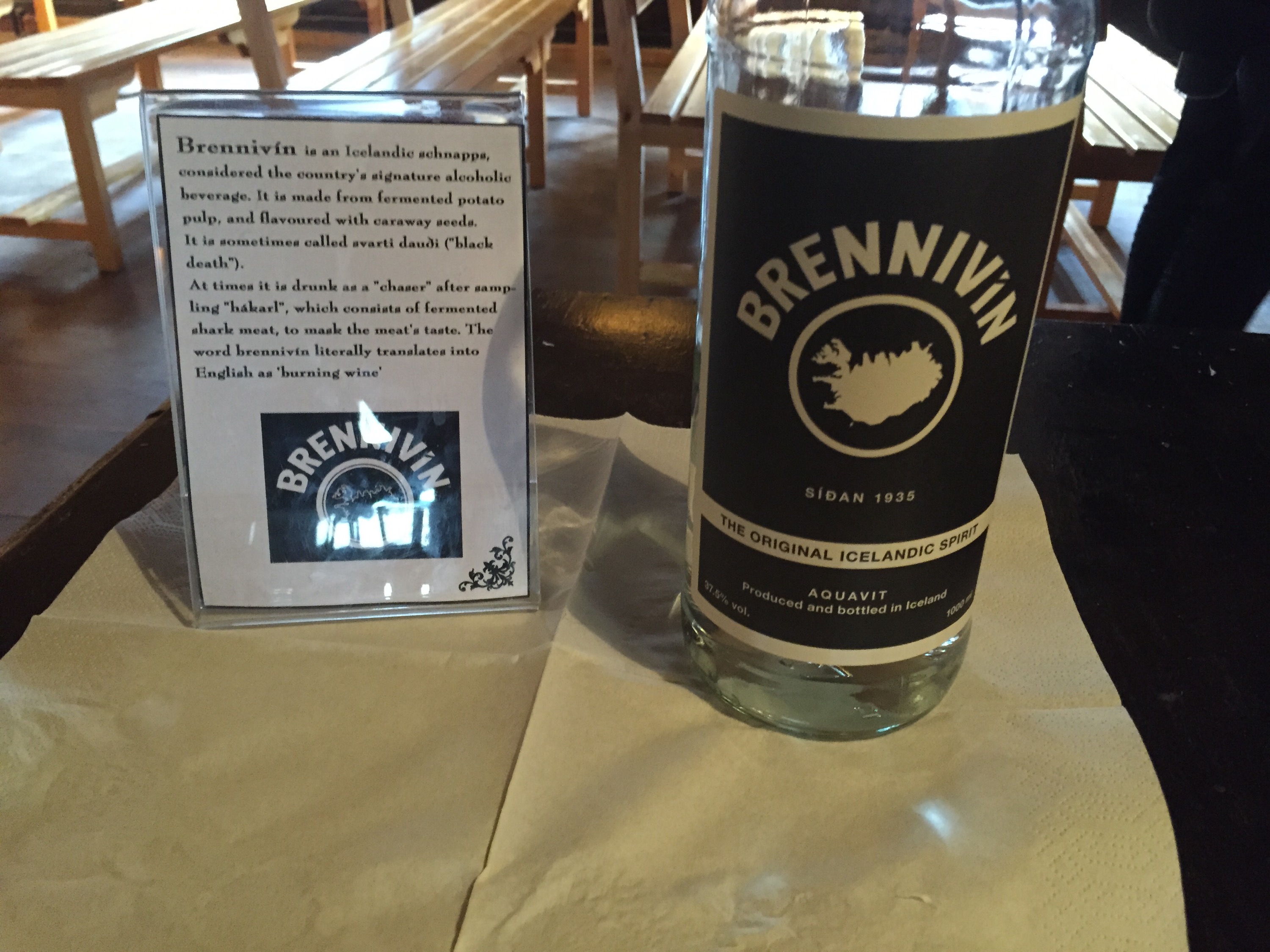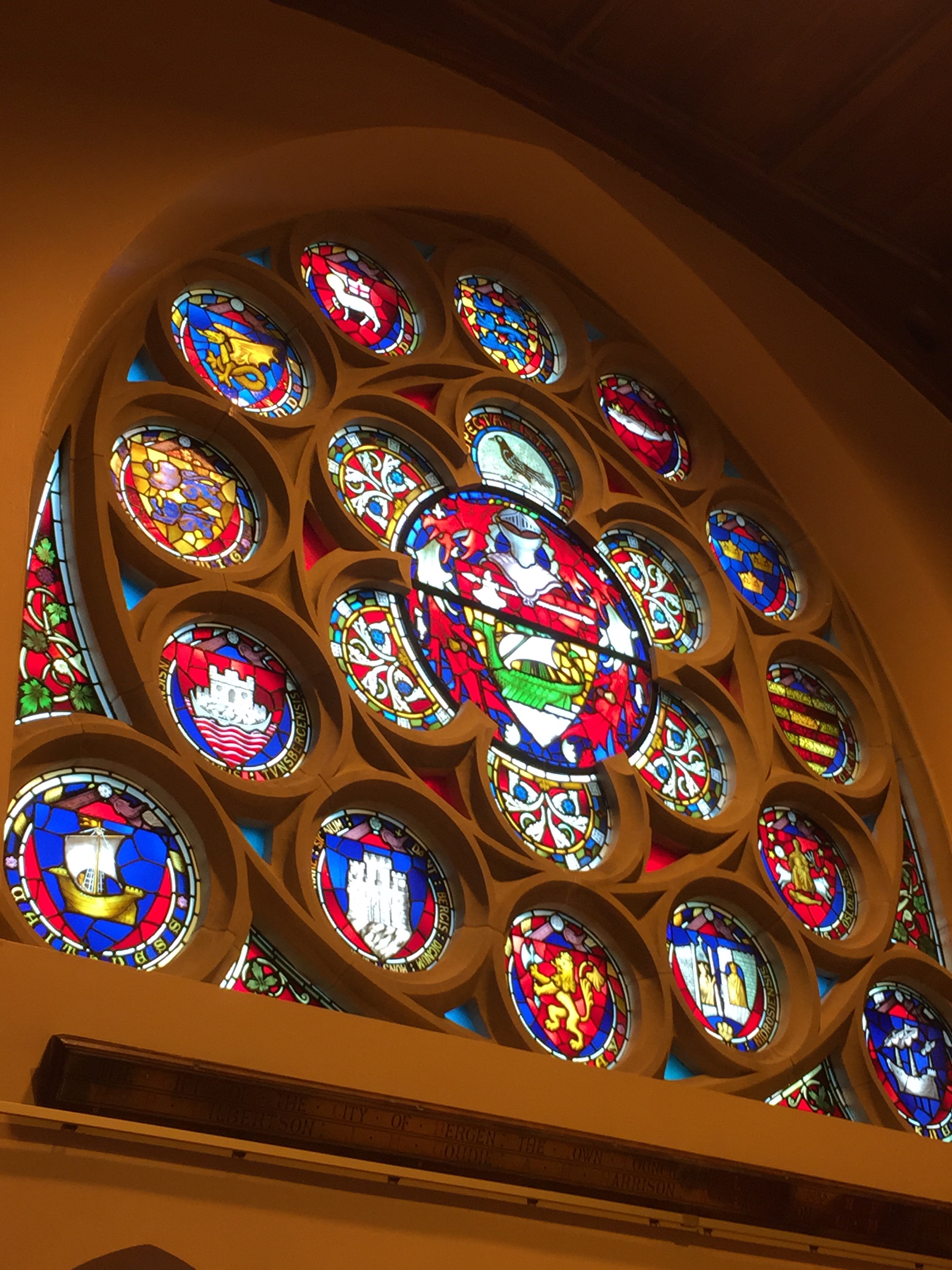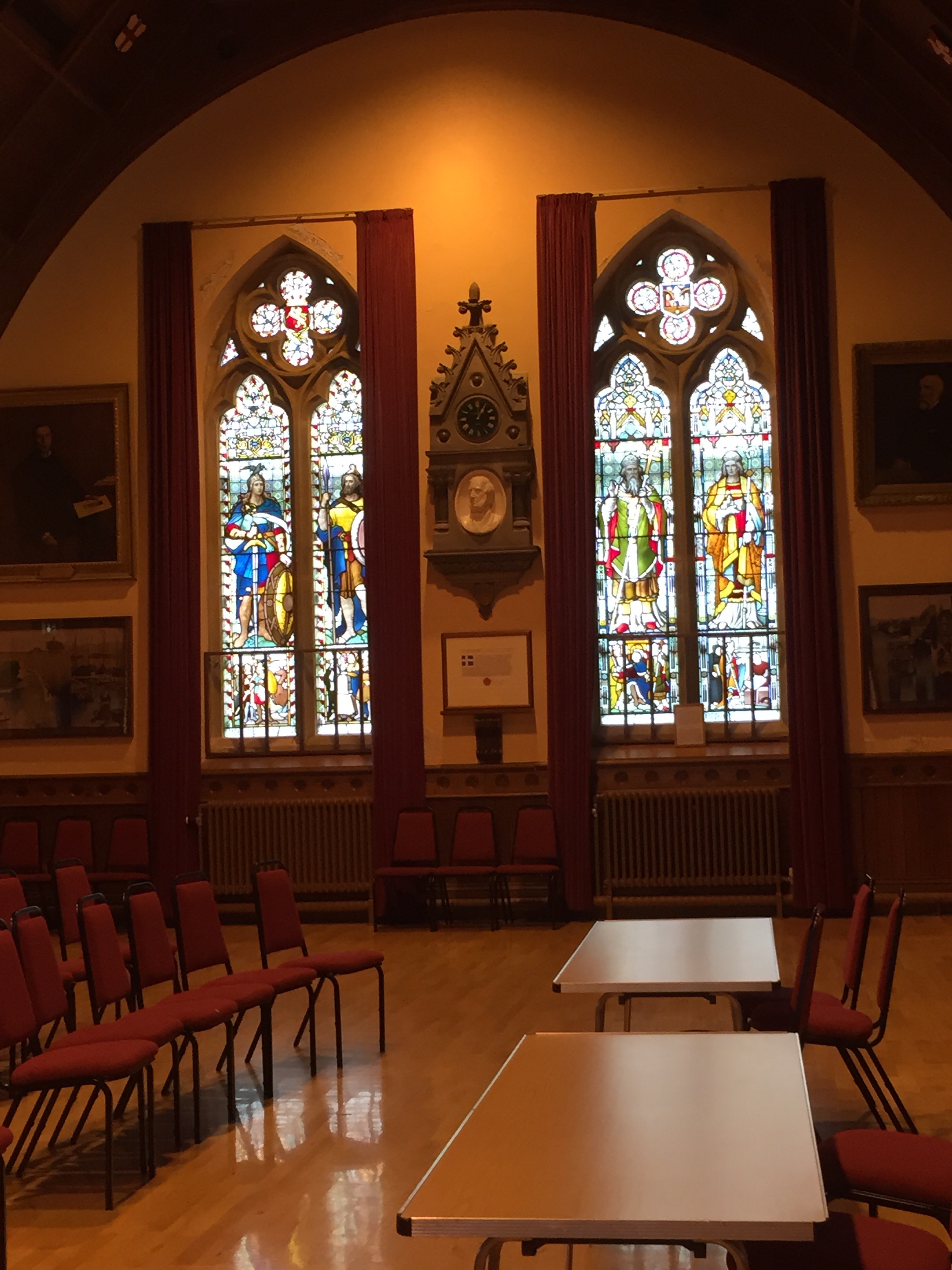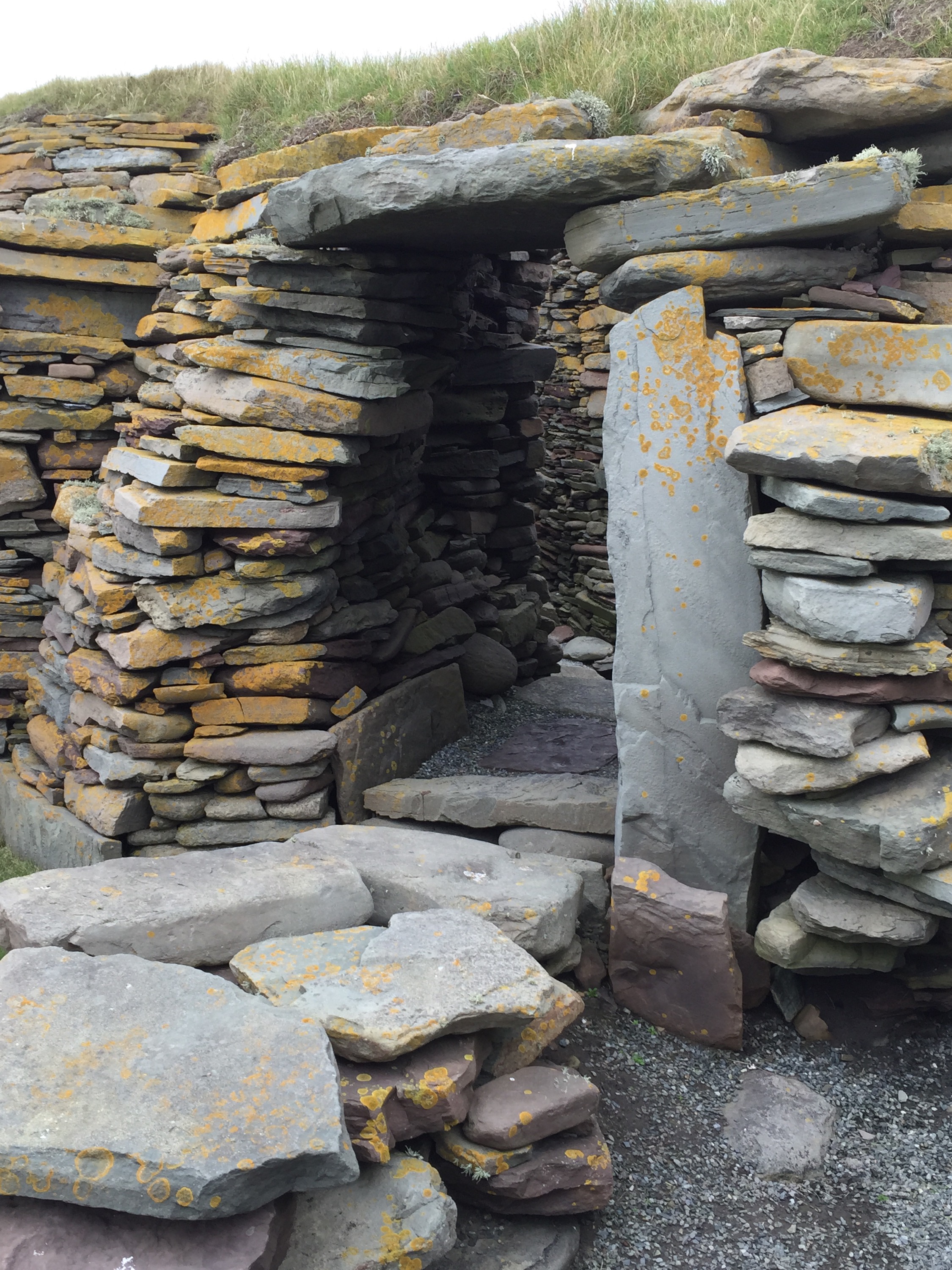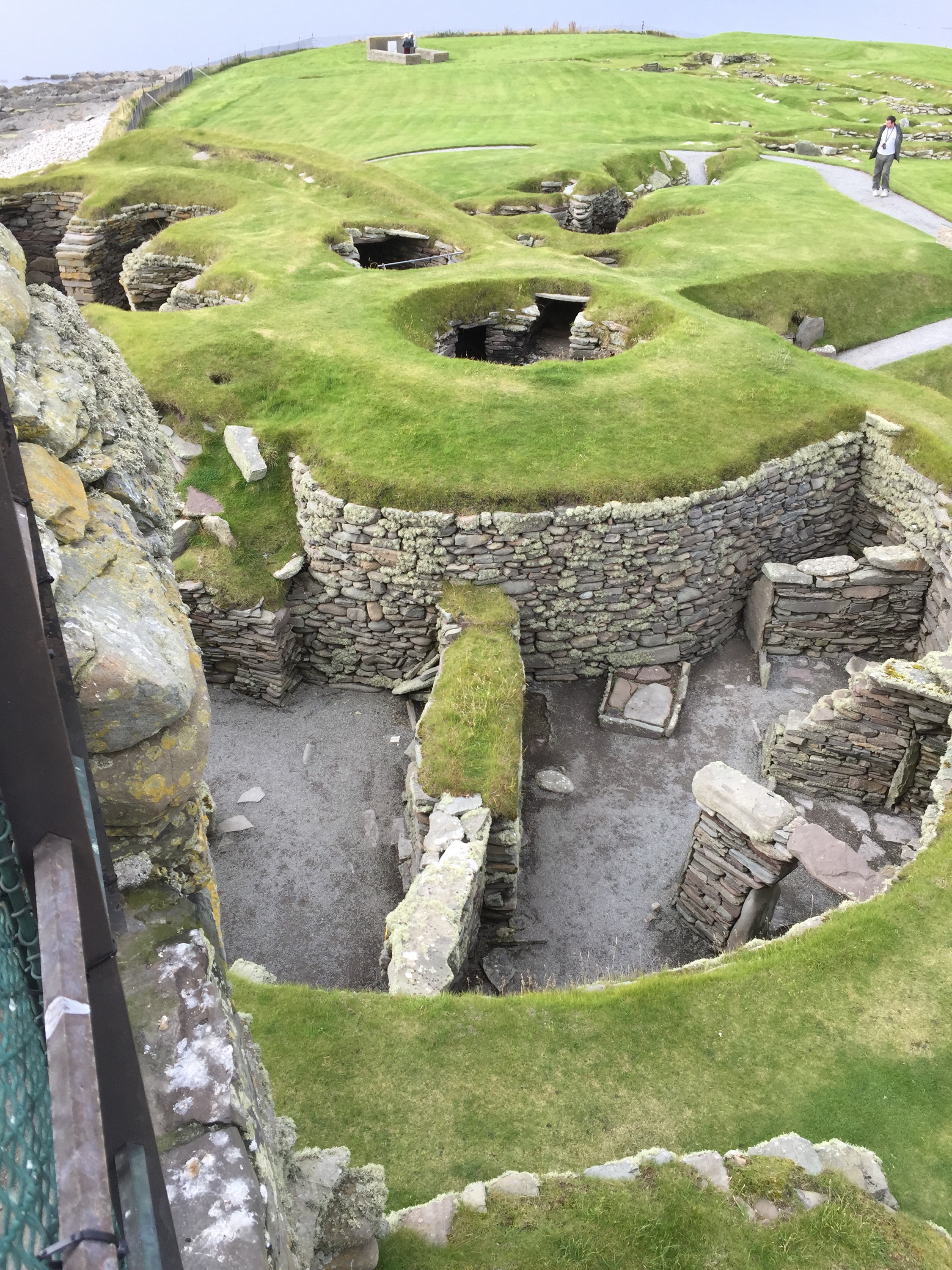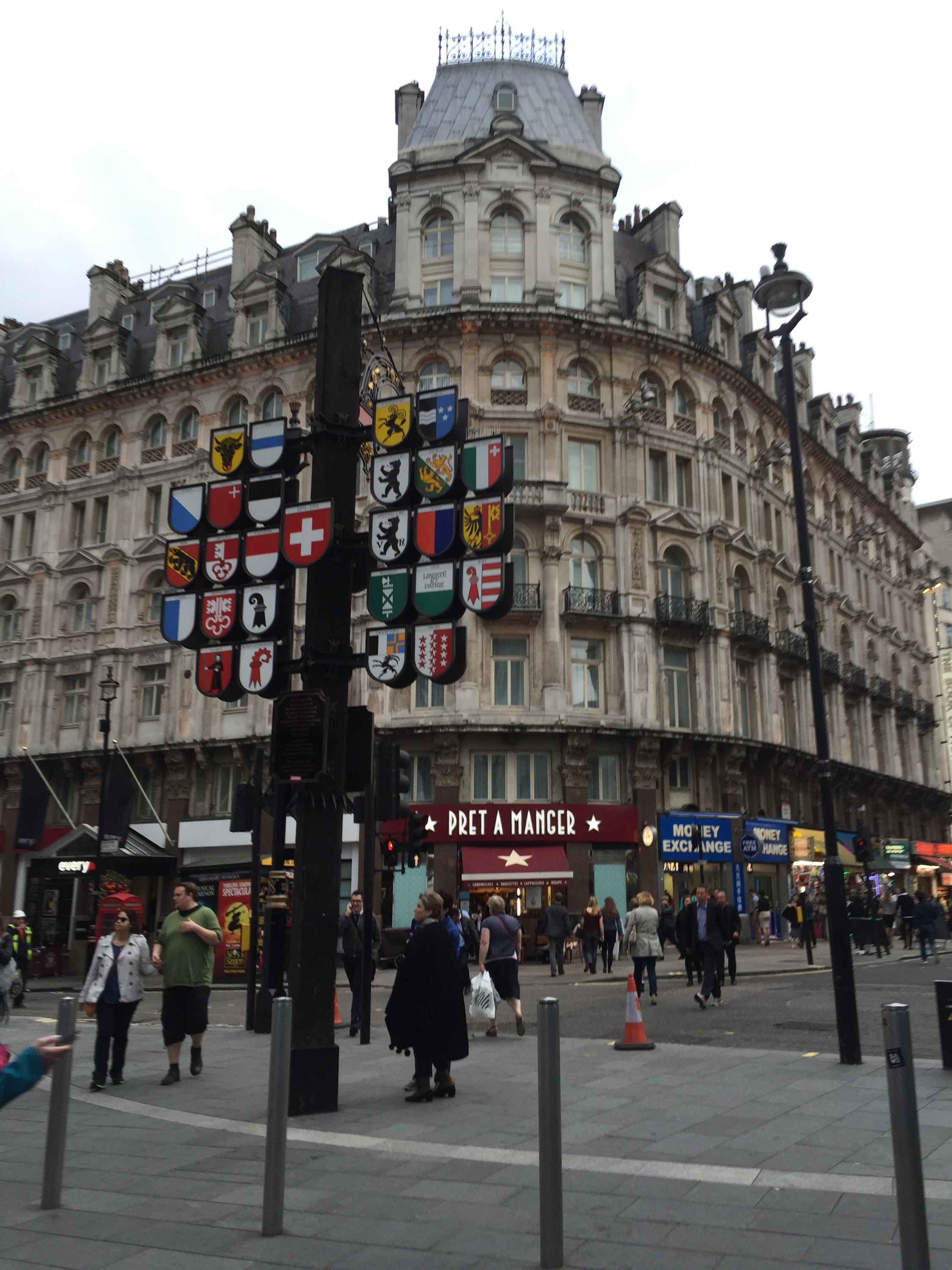Ísafjörður is a beautiful little town nestled at the end of the Skutulsfjörður. Originally inhabited since the 9th century, when Helgi Magri Hrolfsson sailed over from Norway, many others would follow over the following century. In 1536, Denmark took possession of Iceland and imposed a trade monopoly which proved fortuitous for the little fishing village as it eventually turned into an important harbour and trading site for the area’s farmers and fishermen. Today it is a thriving town with about 3,500 people living in the four separate villages that make up Ísafjörður.
 On our way to our first visit, we took a 9km long tunnel that has been cut into the mountain so that people can avoid driving the extremely hazardous coastal road that has been in use forever. The road would take an hour each way to get from one village to another and was prone to avalanches in winter and rockslides in summer. The locals call the tunnel, The Troll’s Stomach, because ‘everyone knows that trolls avoid sunlight and that is why we never never see them – but if the do venture out they get turned into mountains when the sun shines on them.’ So the tunnels in the mountains are Troll Stomachs.
On our way to our first visit, we took a 9km long tunnel that has been cut into the mountain so that people can avoid driving the extremely hazardous coastal road that has been in use forever. The road would take an hour each way to get from one village to another and was prone to avalanches in winter and rockslides in summer. The locals call the tunnel, The Troll’s Stomach, because ‘everyone knows that trolls avoid sunlight and that is why we never never see them – but if the do venture out they get turned into mountains when the sun shines on them.’ So the tunnels in the mountains are Troll Stomachs.
Which would be kinda cute, but for the fact that the locals seems to take this sort of thing very seriously. I’m not exactly sure how much of this is true, but our guide tells us there is a Committee of Elves in the town, which is made of of educated people who have spent five years at university learning to communicate with the elves. Yes. People really believe in ELVES up here. Anyway, the Mayor had to approach the Committee of Elves to get permission to build the tunnel I just mentioned. Apparently it took a year and a half to get permissions from the elves to dig a major 9 km tunnel that was going to cut right through the mountain, and even then the elves wouldn’t give their permission. At some point, the Mayor must have gone ‘stuff it!’ and they went ahead with the work anyway, at which point everything everything went up shit creek… machinery was breaking down, accidents happened, finances for the tunnel became precarious and everyone blamed the Mayor for not getting the proper permission from the elves. Eventually the Mayor, a middle age white guy, apologised on NATIONAL television to the elves! The Committee of Elves eventually relayed back that the elves had accepted his apologies, and from then on, the tunnel works went smoothly. O.o
I’d say that they’re pulling our leg with this ‘we believe in Elves’ thing, but it goes much further than you’d expect. Our guide, Lisabet was telling us about how she bought her house which is called the Elf Cliff House about 20 years ago. It is a beautiful little wooden house in what looks like a nice part of town, built in 1922, and as she relayed it, when the house was being built, the original builders had come across a large inconvenient stone where the basement of the house was to be, and they had planned to blow the stone out of the way to allow for the house to be built. Anyway, the builder drilled into the stone to enable dynamite to be put into it, and before the stone could be destroyed he dreamed of the Elf Queen who told him (I’m paraphrasing here… obviously!), ‘This is my home, please keep it safe and I will keep you safe’. So the builder decided to leave the stone in place and build around it. So now, Lisabet has a two meter stone in the basement of her house with a drill hole in it, and when she purchased the house, there were a number of clauses in the purchase contract that she had to agree to abide by: 1) She has to light a candle and put it in the drilled hole three times a year (New Years and solstices or something), 2) no one can ever touch the stone without peace and harmony, and 3) the environment around the stone is supposed to remain clean and neat at all time. Yes, all this was in her LEGAL real estate purchase contract. She says she has always lighted the candles as required and treated the stone with peace and harmony… but she has four small children so she feels her house is messy and of course the stone is in the middle of her laundry so there are always clothes everywhere. She claims that in retribution for not keeping the area neat and clean, the elves steal away all their socks and no matter how hard she tries, she can not keep a pair of socks together, resulting in all her children constantly wearing mismatched socks. So, all this elf stuff was in the real estate contract of her house, and the entire village knows she lives with elves at the Elf Cliff House, and they are known as the Elf Cliff Family and kids are called the Elf Cliff Children! I can’t quite make it out – but it seems people here honestly believe in elves.





But I digress… Our first port of call was to the Ósvör Maritime Museum, which stands on the east side of the village of Bolungarvik, right down by the sea’s edge. The museum contains a 19th century fishing base, a salt hut and a fishy drying area and drying hut. There used to be many of these old fishing huts, and they would accommodate a team of fishermen, usually about seven men and one woman who would live in the huts and work the fishing boat. These fisherfolk lived in very confined conditions and would sleep all in together primarily because they didn’t have any space, but also because they needed their bedfellows for warmth. It would take six men to row the boat out to sea to catch a load of fish and they would use a 1km line set with 1000 hooks, baited with shellfish, and offal, which could bring in a haul of up to 1000 kilos of fish… that they got packed into their 8m boat for the trip back to their fishing base. These 19th century fishermen also used to catch Greenland sharks which are apparently quite docile. The sharks could be up to 12m long, and given that their fishing boats were only 8m long, the shark would be held alongside the boat and gutted for its liver. A single shark liver would yield between 300-400 liters of oil which would be used to light oil lamps all over Europe. The remainder of the shark would quite often be discarded. When the fishing was done, the boat would be pulled out of the sea on whale bones, like a slip, and according to Icelandic law, if someone is pulling up a boat to shore, by hand or using a winch system, passers by are required to stop and help them bring in their boat. Apparently one can be detained for failing to help someone bring in a boat, though this sort of thing is not so common these days, as most boats are docked in marinas and powered by engines.



On our way to our next stop, we drove past the Bolungarvik Golf Course, a picturesque 9 hole course set in a prettyish little area on some of the only flat terrain around – which is in short supply. We were told by our guide Lizabet, that it is hilarious to see very well dressed golfers out in summer ‘lose all their dignity’ as they flailed their golf clubs madly in the air to fend off attacks by the local Arctic Terns that inhabit the area. Unfortunately being the end of summer, there was neither golfers nor Arctic Terns on the course today.
As I mentioned earlier, Ísafjörður is made up of four villages, one of which is Bolungarvik, and it is Bolungarvik Church that we were stopping to see. Bolungarvik Church was built in 1908 in the only ‘safe area’ of Bolungarvik… and by ‘safe’, they mean it is safe from the ravages of the sea and it is safe from any avalanche hazard. So it is located on a flat area of ground far enough away from the water’s edge and sufficiently far from the base of any mountains. While most of Bolungarvik’s tiny population of 900 are Lutheran, there are 12 different nationalities living here. And it sounds like this little church has a kick arse Bishop.


For a start, the Bishop is a woman named, Agnes, who is a feminist, an outspoken LGBT activist and a great advocate for multiculturalism. It sounds like she is almost single handedly changing the way the Lutheran Church operates in Iceland. She is the first female bishop, (apparently when she was born, a friend of her father’s had said, ‘What a lovely child, what a shame it isn’t a son, he could have grown up to be something useful, like a priest’ – upon hearing this story over and over in her childhood, Agnes, thought, I’ll show them!’). She does speaking tours to encourage and empower girls and women to get out and do things and be independent. She does a lot of ‘loose and weird’ stuff as a feminist pushing hard against the stuffy old ways of the Board of the church. She is forcing the church to do things better – she is fights for gay rights and also, this is very important, she is currently advocating for respect for other religions which apparently is very hard for Icelanders because (according to Lisabet), ‘we are, you know, very err, rude’. Even in this small community, small numbers of refugees from all over are coming, and the community is rejecting them. Muslims, and any other religions who have applied to build a mosque or church or other house of worship have had building applications rejected – so Agnes took the unusual step of opening the doors of the historic Bolungovik Church, which is Lutheran, and allowing any other any denomination to use the church for their own services and observances. So now the Church has a schedule of services for all types of religions and the youth centres are also having multi-denominational programs. She is slowly opening people’s minds and the children and young people are really benefitting as they stop seeing those of different religions as unusual or strange. I think Agnes the first female Bishop sounds awesome and there should be more integrating people into communities rather than segregating or retreating into our separate corners… but that’s another story.
Another side effect of being part of such a small community is a lack of space. Apparently they ran out of space for the kindergarten a few years ago, and decided to send the children to the local nursing home during the days. The children have their meals every day, and do craftwork with the elderly who live in the nursing home. It turns out to be a very mutually beneficial, extended family, sort of system. The children learn respect and patience as they help the elderly with small things and work with them on craft projects, and the elderly, some of whom have no family nearby, gain proxy grandchildren. Sounds like another win-win.
The church was very beautiful and all the decorations inside have been completely hand painted. While we were there, two local girls sang two songs to us in the beautiful acoustics of the lovely little church – the first was a lullaby from a mother to her child, that she could not keep and was surrendering into a waterfall, it was sad and beautiful, the other song was about the hardships of living in such a hostile climate. If I could figure out how to upload sound files from my iPhone to this page, I will eventually put them in here – they were melodic and ever so slightly haunting. Just lovely.
On the way to our next stop, we had a discussion about how most people in Ísafjörður have several different jobs. You might be a singer/tour guide in summer, and study and work in a bakery in the winter. Higher education is important for everyone (though Icelanders can tend to do things in a different order to us – high school/college, have children, get married, then go to university), so that all services can be covered your construction worker might also be social worker, and your bus driver might also be a council worker. Most people have numerous jobs because the services need filling, but the town of 3,500 doesn’t need a full time social worker, so people are adaptable and flexible with their employment, especially when it comes to winter work.
A local saying is that summer in the West fjord (Ísafjörður) is the closest to heaven you can get… but if you want to see what hell looks like when it freezes over, then swing by in January! Nearly 10 months of the year is spent in winter conditions, wither barely two weeks of spring and two weeks of fall. At the moment, the days getting rapidly shorter and by November it will get dark and stay dark until February, which can send people a little loopy by January. For Ísafjörður, snow avalanche alarms and evacuations are extremely common depending on where you live. Area A is the best areas, and they only end up evacuating about once every 2 years or so. Area B is the second safest areas and they end up evacuating about a few times each winter. Area C places can end up evacuating up to 10-12 times every winter, and there are some areas where it is forbidden to live in winter at all and only summer homes can be built there. The government is compulsorily acquiring some properties that are in particularly avalanche prone areas in order to relocate people somewhere safe. When an avalanche evacuation occurs, everyone up and moves to a family member or friend’s house for a few days so it can seem like a mini-holiday/sleep over.
So the Icelanders have learned to live with the nature but also to be a little bit afraid of it. I remember writing recently about the Chinese standards for a good life, and their obsession with longevity, regardless of whether you have a good or a bad house… here the standard for a good life, is to be alive – that is their standard of happiness. It’s a simple ideology due to living with this constant danger hanging over their heads. I found out later in the day that the sense of danger is even worse than dealing with yearly avalanches – apparently there is a large section of mountain that scientists all agree is going to slide off the mountain into the fjord one day… any day… could be tomorrow, could be 1000 years from now. But when it does, it will create a huge tsunami-like wave that will wash down the fjord, hit the opposing cliffs and wash back onto sea level Ísafjörður. No doubt completely wiping the town out if they have no warning. I can’t imagine living with that vague threat over your head, and they have no idea really if it will come to pass.
After this we stopped by a small waterfall in the Skutilsfjödur to try the fresh glacial water. It’s been a long long time since I drank water from a natural stream and not been worried about the water quality. This waterfall comes from a reservoir at the top of the mountains and water filters down through the mountain and is used for the town’s drinking water. By the sounds of it, they use it completely untreated because it’s too damn cold for any bacteria to live here anyway, which is the same way they get away with dehydrating fish for months on end just in covered huts… Nothing rots. Not even shark meat that is buried for four years or so. O.o

We had another stop after the waterfall to the Byggdasafn Vestfarda… O.o The Westfjords Heritage Museum for the rest of us. This was fun little museum with a collection of old fishing boats, the Old Blacksmithing Workshop which is still set up like it would have been in the 19thC, many maritime and nautical items on display and really weirdly, someone’s (Asgeif S. Sigurdsson’s) private piano accordion collection!
 Yes, there were about fifty piano accordions on display upstairs and I have no idea why. While we were there, we were given an opportunity to try some dried fish, some ‘special’ Icelandic dried shark which we were heartily advised to wash down with Brennivan – the Icelandic aquavita I was hunting down yesterday. The dried fish was quite okay, just like a fish jerky. But the buried for years shark meat was kinda awful, with a lovely aroma of ammonia and a taste to match… so it was down the hatch with the Brennivan. Which, by the way, tastes like the nastiest white alcohol you can get your hands – imagine a drink that tastes like nasty tequila, sake and vodka mixed together, and you’re on the right track… just strong white alcohol of indeterminate flavour.
Yes, there were about fifty piano accordions on display upstairs and I have no idea why. While we were there, we were given an opportunity to try some dried fish, some ‘special’ Icelandic dried shark which we were heartily advised to wash down with Brennivan – the Icelandic aquavita I was hunting down yesterday. The dried fish was quite okay, just like a fish jerky. But the buried for years shark meat was kinda awful, with a lovely aroma of ammonia and a taste to match… so it was down the hatch with the Brennivan. Which, by the way, tastes like the nastiest white alcohol you can get your hands – imagine a drink that tastes like nasty tequila, sake and vodka mixed together, and you’re on the right track… just strong white alcohol of indeterminate flavour.
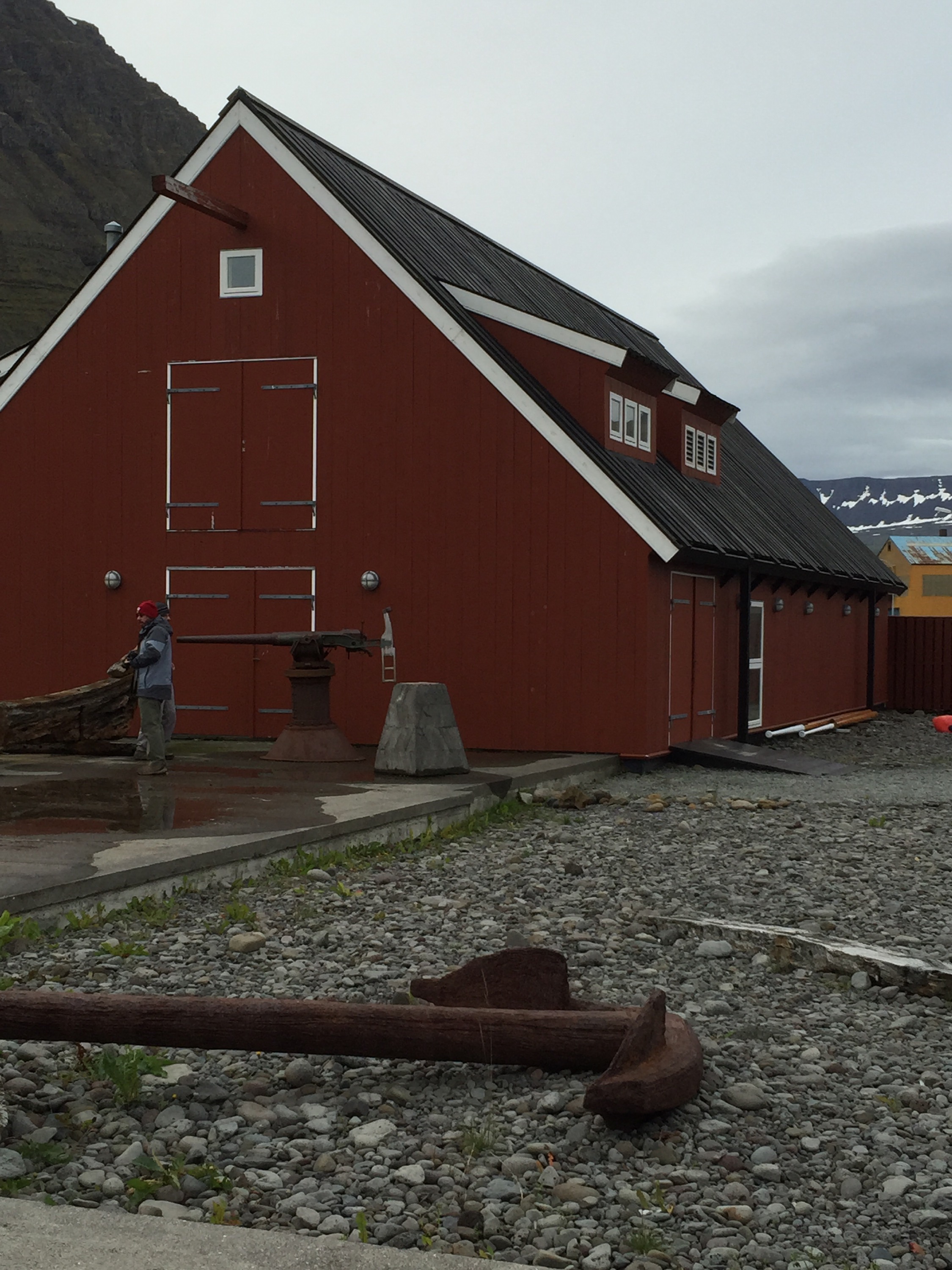




We had a few hours to wander around the town after this while waiting for our afternoon adventures, so wander the town centre and took in the atmosphere. Ísafjörður felt a lot more ‘open’ than Akureryi (I keep forgetting how to say that – and have to remember the, ‘It’s a long way to Akureryi, it’s a long way to go!’ ditty to get on the right track again). There were several handicrafts shops, a book store where I nearly bought some Icelandic Mr Men books, a few restaurants and cafes and bakeries and all good things. I was amazed at how expensive things are here – or at least I was on the first day, but now, am just amazed at the huge sticker shock the Americans seem to get whenever they try to pay for things in US dollars – they are not used to their dollar not going far… and Iceland is really pricey for everyone, including the Yanks. In nearly every store and restaurant, you could hear them exclaiming, ‘You’re kidding? It’s how much? Oh, that’s not right’. Suck it up princesses, it’s about time you found a place where a fiver can’t buy you your own hotel!
 In the afternoon we went for a short boat cruise out to a small island called, Vigur Island. Vigur is barely a mile long and 450 yards wide (I’d convert that for y’all, but it reeks of math). This tiny island in the fjord has Iceland’s only windmill which was used to grind wheat that was imported from Denmark, because of course, they wouldn’t be able to grow wheat here for love or money.
In the afternoon we went for a short boat cruise out to a small island called, Vigur Island. Vigur is barely a mile long and 450 yards wide (I’d convert that for y’all, but it reeks of math). This tiny island in the fjord has Iceland’s only windmill which was used to grind wheat that was imported from Denmark, because of course, they wouldn’t be able to grow wheat here for love or money.
We also saw Iceland’s oldest useable fishing boat here – one of those approximately 8m long fishing boats that we saw earlier, but this one was built in the early 1800s from driftwood that had apparently come from Siberia. It takes 5 yrs for driftwood to float to Iceland from Siberia and over that time it gets soaked through and absorbs a lot of salt which hardens the wood, making it ideal for ship building compared to the local birch.
But Vigur Island isn’t really known for it’s windmill or it’s boat building, it is best known for it’s birds… this tiny, pristine and tranquil landscape is known for it’s enormous colonies of black guillemots, Arctic terns and PUFFINS! That’s right, our shore tour destination expert told us there were 80,000 puffins on Vigur, and that we had best take hats and umbrellas to wave about to keep the Arctic terns from attacking us while we went in search of puffins and eider ducks… but in a very typical twist of fate, we have arrived about two weeks too late to see even a single nesting pair of puffins and not a single Arctic tern to be seen either. So disappointed… The only puffin I saw on Vigur was stuffed!
 I don’t know if I have mentioned in my travels before, but when I was in the UK in 1995, the only places that was on my list to see in Scotland was the Edinburgh Tattoo, and the Island of Staffa, to see the basalt cliffs and hopefully see the puffins… but alas, the one day we had to spend there, we had booked a boat trip out to see Staffa, but bad weather prevented us from making it out to the Island and instead, our boat trip turned into an all day bus trip driving around in the rain looking at stuff that wasn’t amazing rock formations or puffins. So I was foiled in my puffin seeking in 1995 by foul weather, and here I am 20 years later, foiled again in seeing the puffins by being just a bit too late in the season. Little buggers, I think they are hiding from me… I am beginning to think chasing puffins are my own personal, “Great Wave of Disappointment”.
I don’t know if I have mentioned in my travels before, but when I was in the UK in 1995, the only places that was on my list to see in Scotland was the Edinburgh Tattoo, and the Island of Staffa, to see the basalt cliffs and hopefully see the puffins… but alas, the one day we had to spend there, we had booked a boat trip out to see Staffa, but bad weather prevented us from making it out to the Island and instead, our boat trip turned into an all day bus trip driving around in the rain looking at stuff that wasn’t amazing rock formations or puffins. So I was foiled in my puffin seeking in 1995 by foul weather, and here I am 20 years later, foiled again in seeing the puffins by being just a bit too late in the season. Little buggers, I think they are hiding from me… I am beginning to think chasing puffins are my own personal, “Great Wave of Disappointment”.
Next time… I swear, one of these days I’ll get to see puffins.





